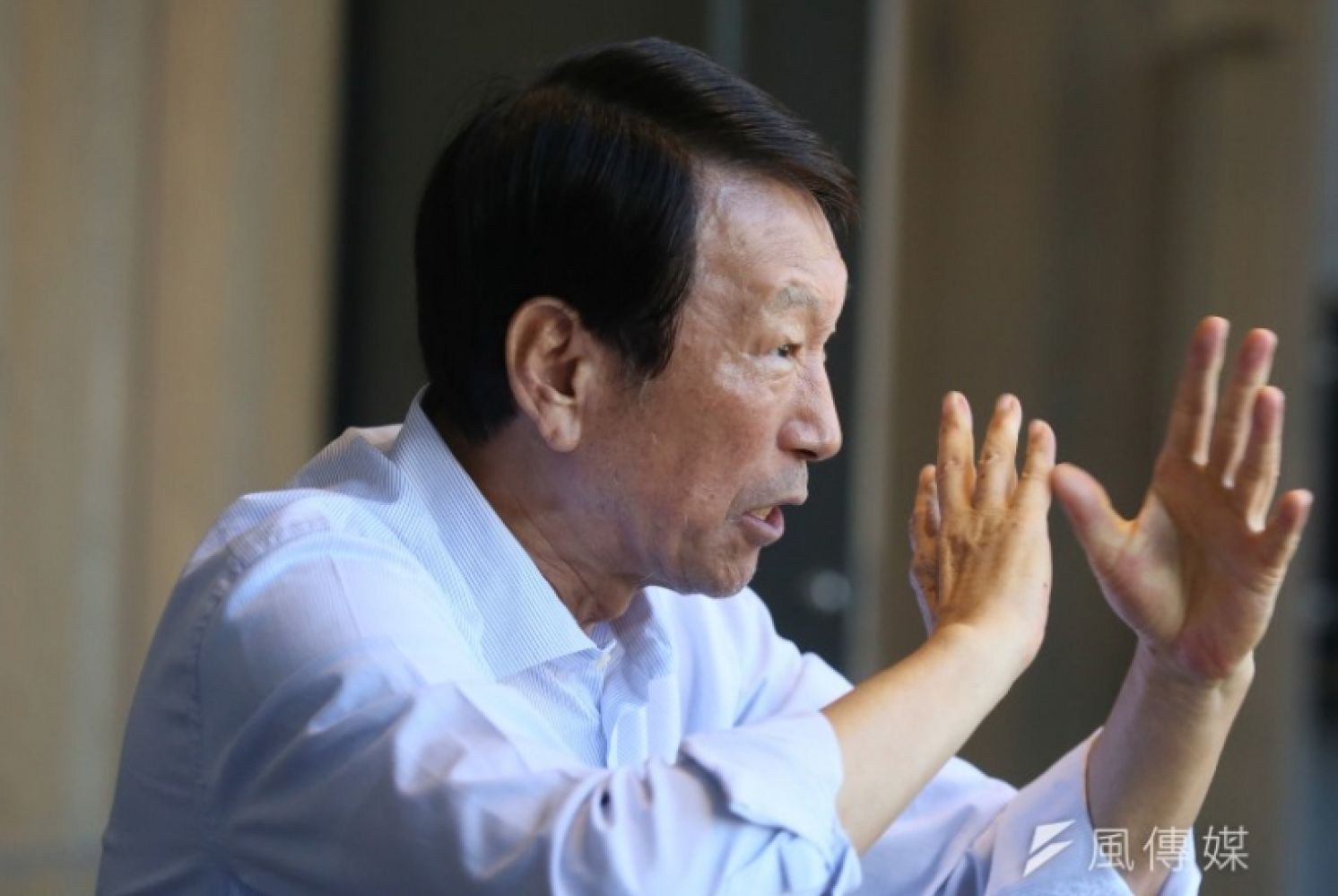
Retired General Supported by President Tsai, Lee Hsi-ming "Asymmetric Warfare" Advocacy Shocks Taiwan, U.S. Military
The Storm Media, September 14, 2022
In the critical situation of the Taiwan Strait, when a slight move in one part may affect the situation as a whole, a new book entitled The Overall Defense Concept: An Asymmetric Approach to Taiwan’s Defense written by former Chief of the General Staff Lee Hsi-Ming has been closely watched by ranking officials in Taiwan, China’s People’s Liberation Army (PLA), as well as the United States. The key is that he has served as the chief of the general staff, vice minister of the Ministry of National Defense (MND), and commander in chief of the Navy, with a wide-ranging resume under his belt. He graduated from the U.S. War College and is one of the few elite generals who has studied in the United States. Most importantly, Lee left office only a short period ago and has always been on good terms with the U.S. military. Therefore, his understanding of Taiwan and U.S. military situations is the most immediate.
However, the Overall Defense Concept (ODC) proposed by Lee is very different from the strategy currently pursued by Taiwan’s military. Therefore, it has sparked discussions about whether Lee makes himself conspicuous by writing differently or there is something wrong with the military.
In its 2021 report, the MND emphasizes as the fundamental principles of its military buildup “resist the enemy on the opposite shore, attack it at sea, destroy it in the littoral area and annihilate it on the beachhead.” As the Russia-Ukraine war raged on, the United States in June this year halted the sale of M109A6 self-propelled howitzer, navy’s MH-60R anti-submarine helicopters, saying that “they do not match with asymmetrical warfare.” The American response serves as a warning to Taiwan’s military of saying one thing and doing another. And what is the difference between the multi-layered deterrence tactics of the army that the military has not given up on and Lee’s asymmetrical defense concept?
To put it simply, if Taiwan is regarded as the core of concentric circles, “multi-layered deterrence” will encircle Taiwan by expanding concentric circles of combat power layer by layer, but demand the outermost layer to “strike at the source” of threat from China; while Lee’s overall defense of the asymmetrical operations advocates that if the outermost circle has the ability to fight, there is no reason not to, but it is extremely difficult. China’s military exercises in early August testified that the expansion of concentric lines is just a slogan. The truth is that Taiwan lacks the capability to do it.
Therefore, Lee believes that instead of bragging about the military’s ability to attack and defend, causing the people to lose their sense of urgency, the military should face the reality and switch to the defensive to seek preservation of its power, and then use the tactics of “destroy in the littoral area,” “annihilate on the beachhead” and “in-depth defense” by the homeland defense troops for the preservation of the concentric nucleus of Taiwan.
Although Lee’s idea has attracted a lot of attention, there are many doubts. For example, some accused that he colluded with the United States to let the people of Taiwan go to their deaths. The most serious counterattack came from his former colleagues. Lee said that his strategy really “subverted people’s thinking.” For example, flying the F-16 is a loft aspiration of a young pilot’s life. If the airport were destroyed in the war, the F-16 would be rendered useless once it can’t take off. Instead, it would be better to purchase more anti-aircraft missiles. Lee said that many of his arguments directly impact the “life value of soldiers,” and it is not easy for them to invert their sense of value.
Lee’s strategy involves the redistribution of limited defense budgets, the military’s choice of weapons, troops training, logistical scheduling, defense tactics, etc., that must be changed accordingly. For example, he believes PLA’s gray area encroachment is not a matter of life and death for Taiwan. It is necessary to calmly accept its existence to a certain extent. Therefore, national defense resources shouldn’t put the cart before the horse, but this proposition also raises the question of “surrender before war.” Another case in point is that he thinks a self-built submarine costs NT$50 billion (about US$1.5 billion); the optimal choice instead is to buy 500 mini-missile assault boats for they are more intimidating. But even he himself said “can you stop it when you have half your hair washed?” It is clear that stopping the submarine project halfway, Taiwan will have to pay political and military costs.
Lee proposed the new strategy, saying that if the “idea is different, then the method is different, and the cost is different,” but when the idea, method, and cost change, many people’s road to promotion and fortune will have to change accordingly. Therefore, he said that his ideas were hardly opposed in the United States, but there are more oppositions in Taiwan. Lee said that “you must bear the pressure of your colleagues…To subvert those concepts, you must have courage.” However, “someone has to call the first shot,, Lee said.